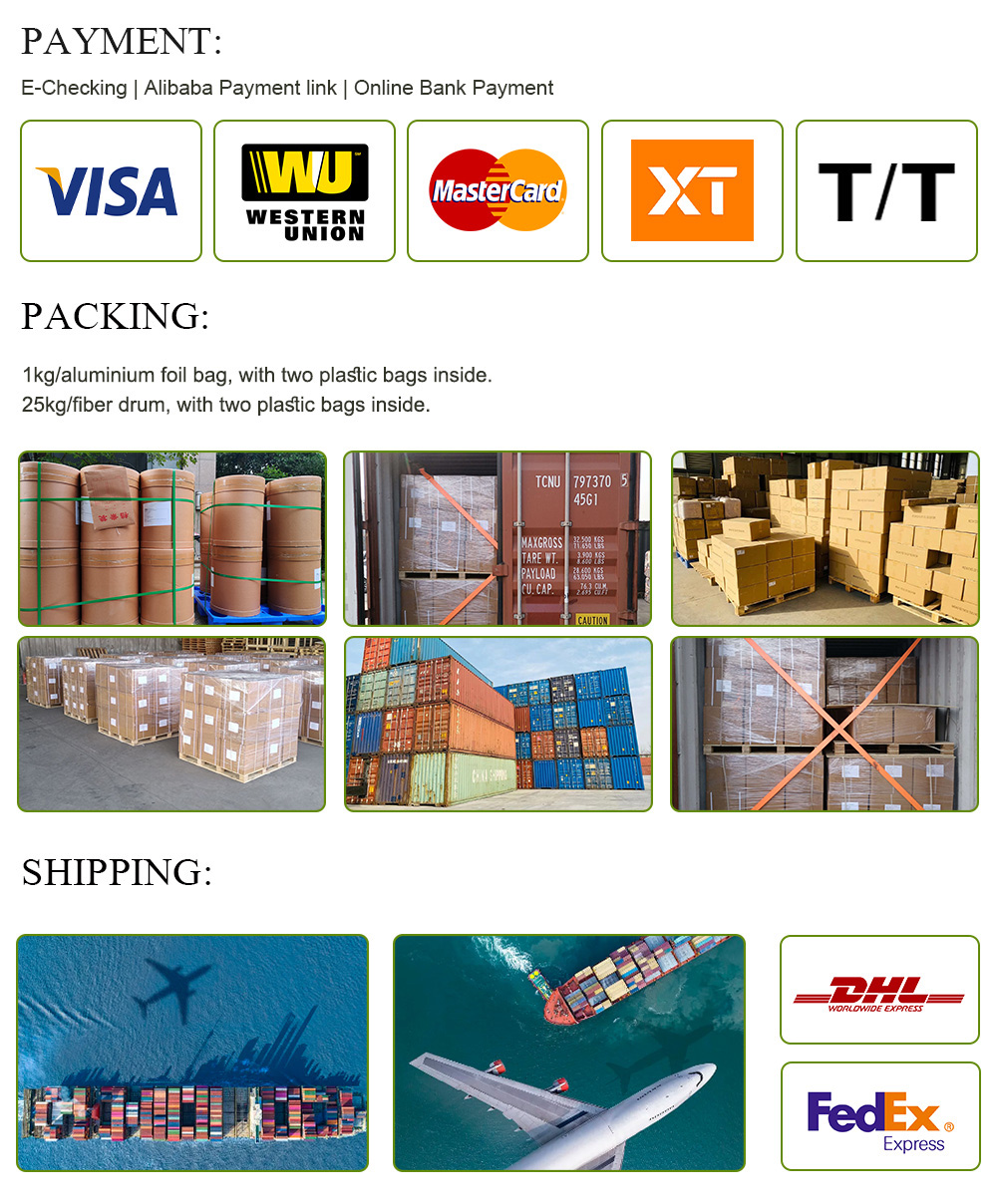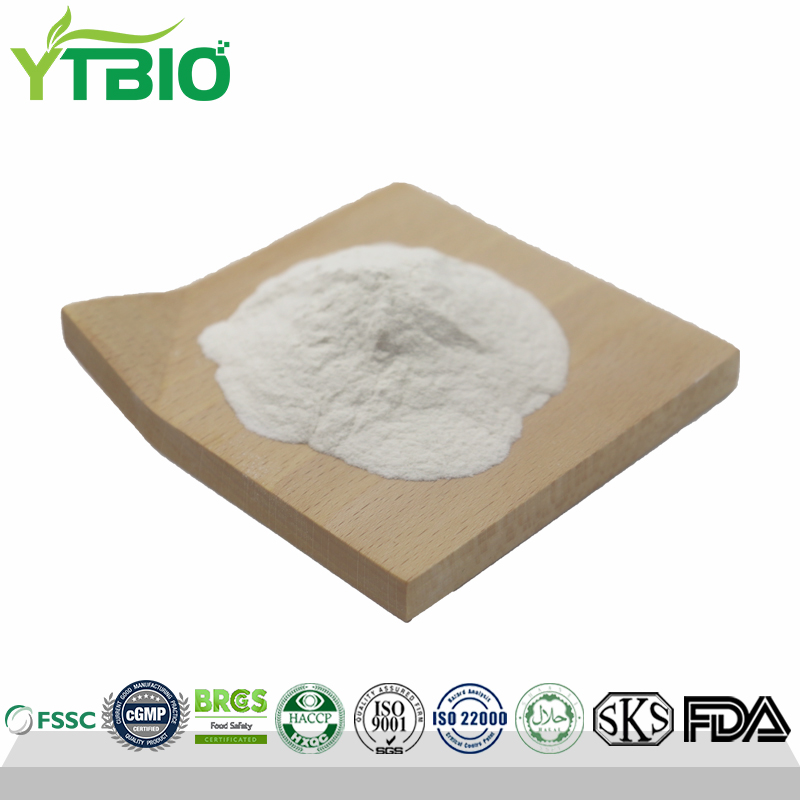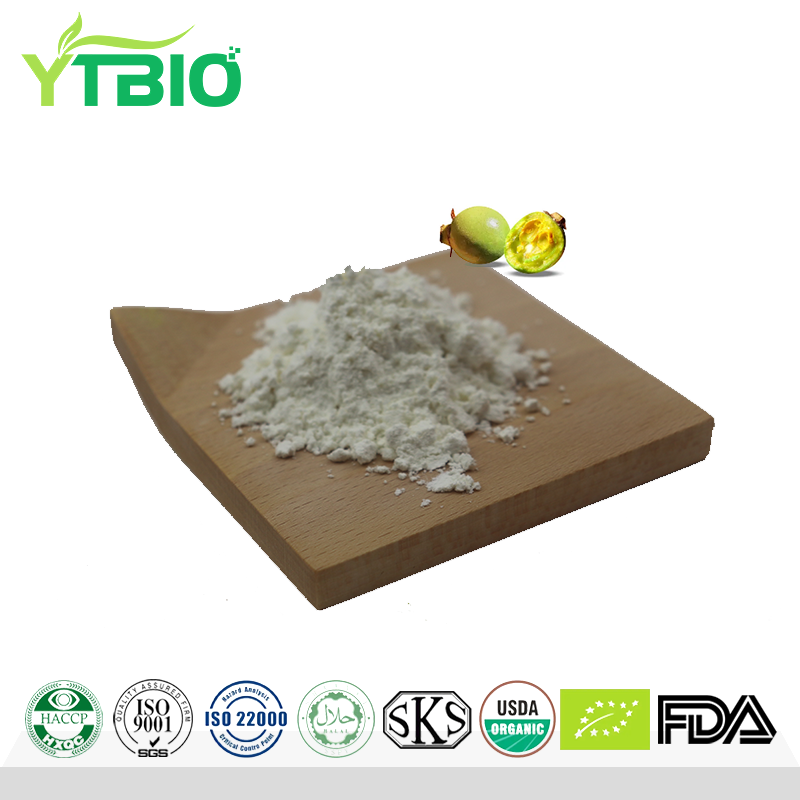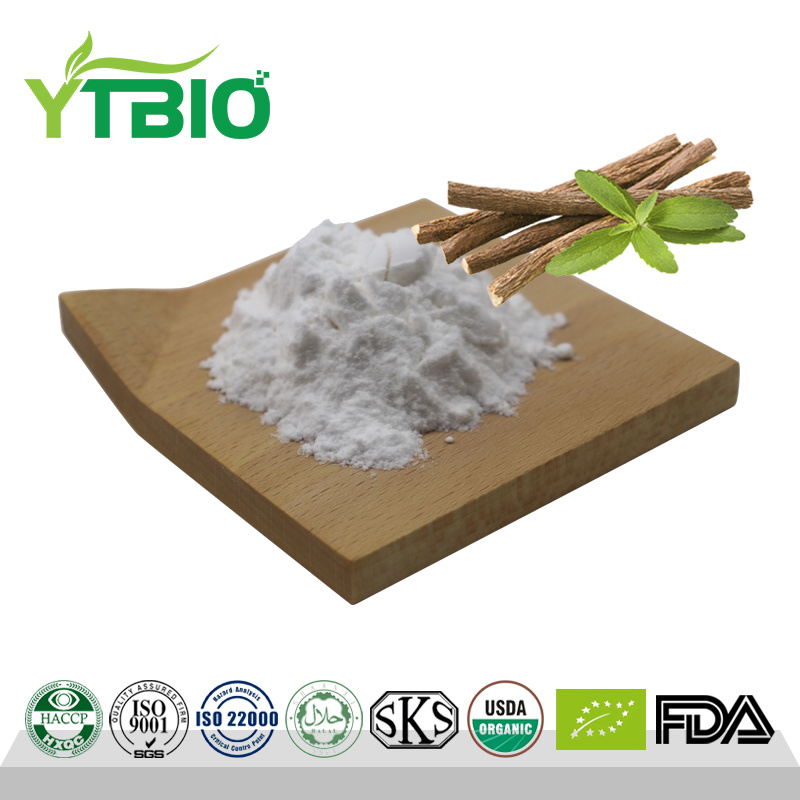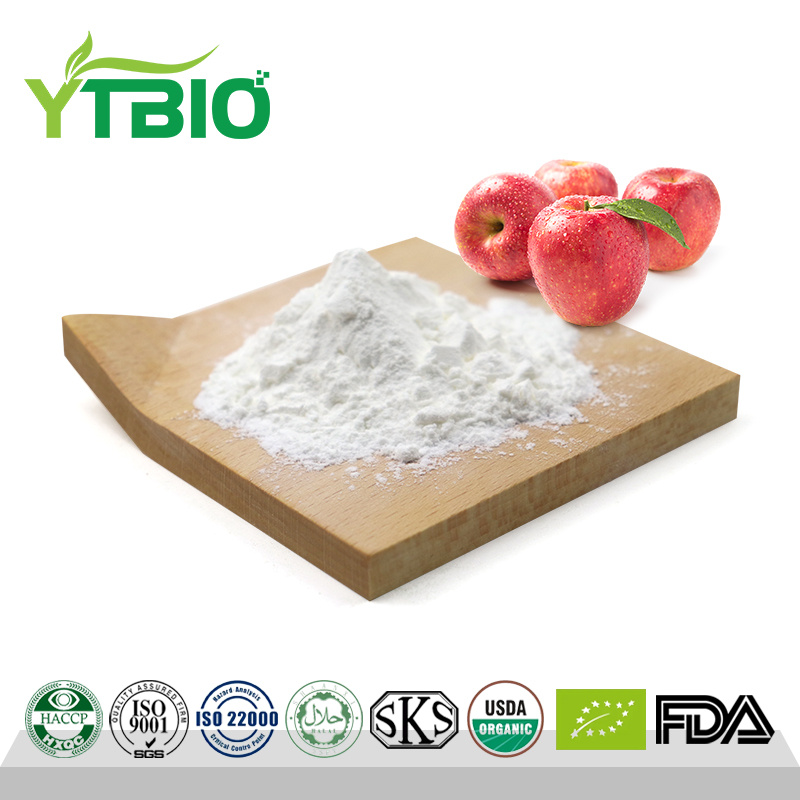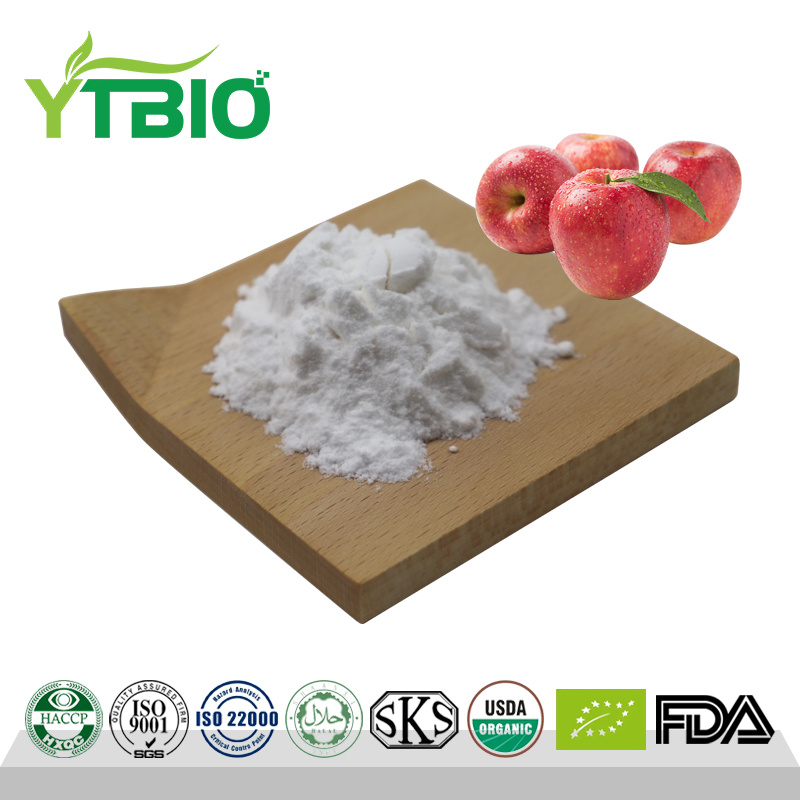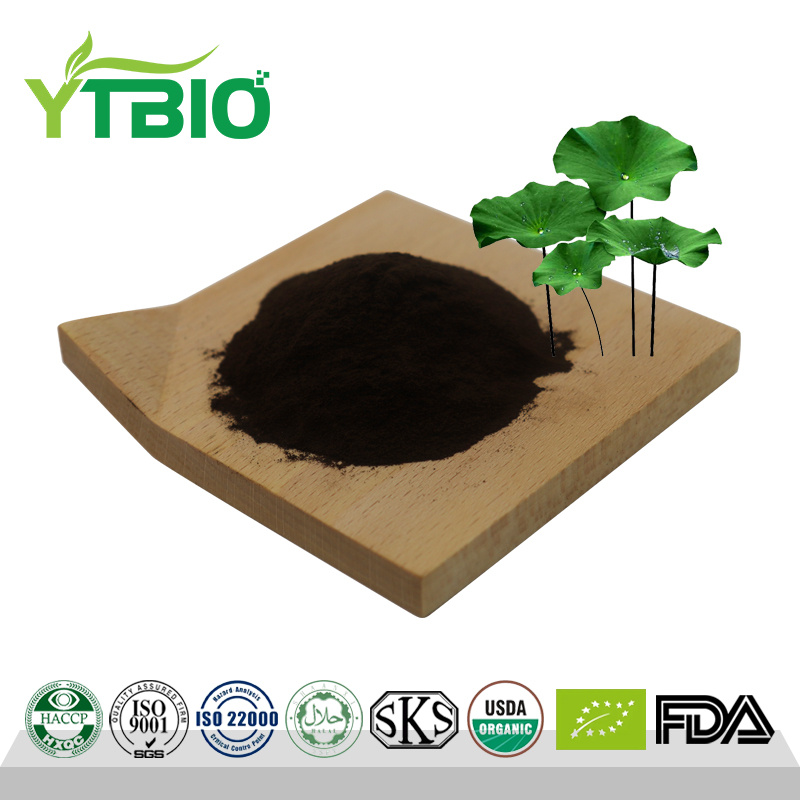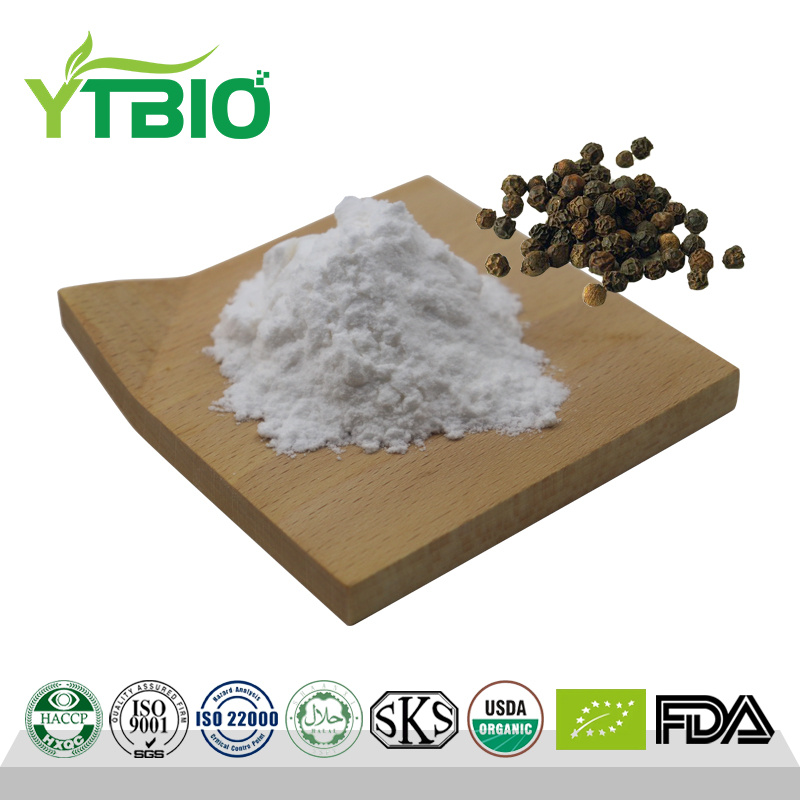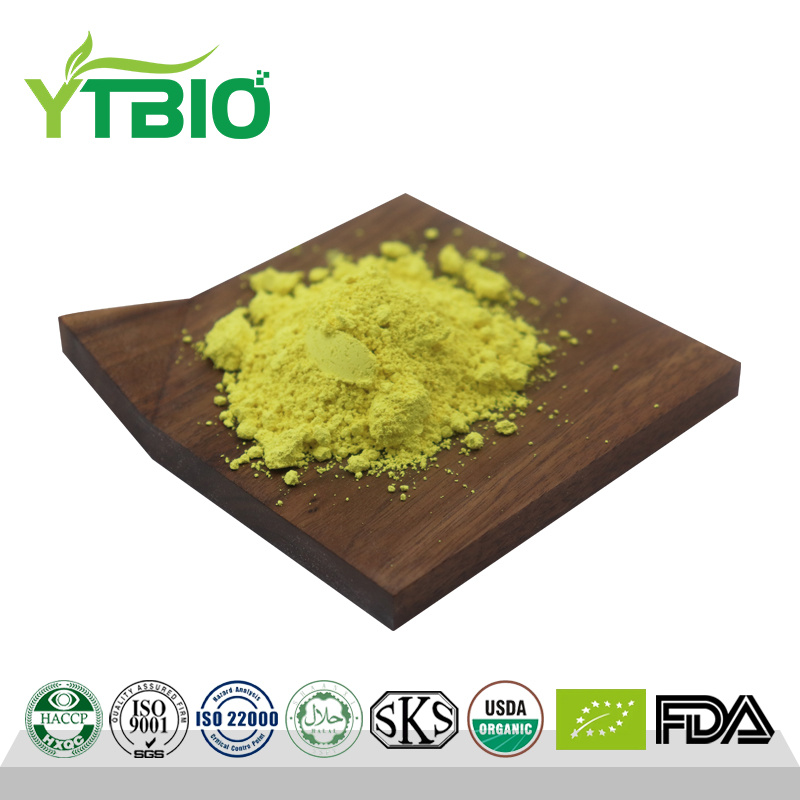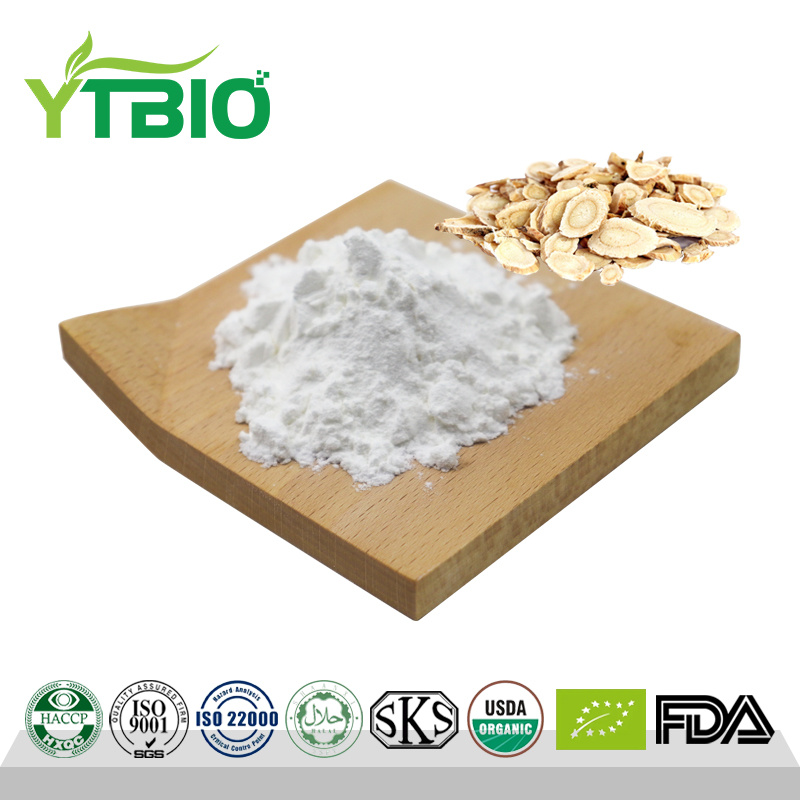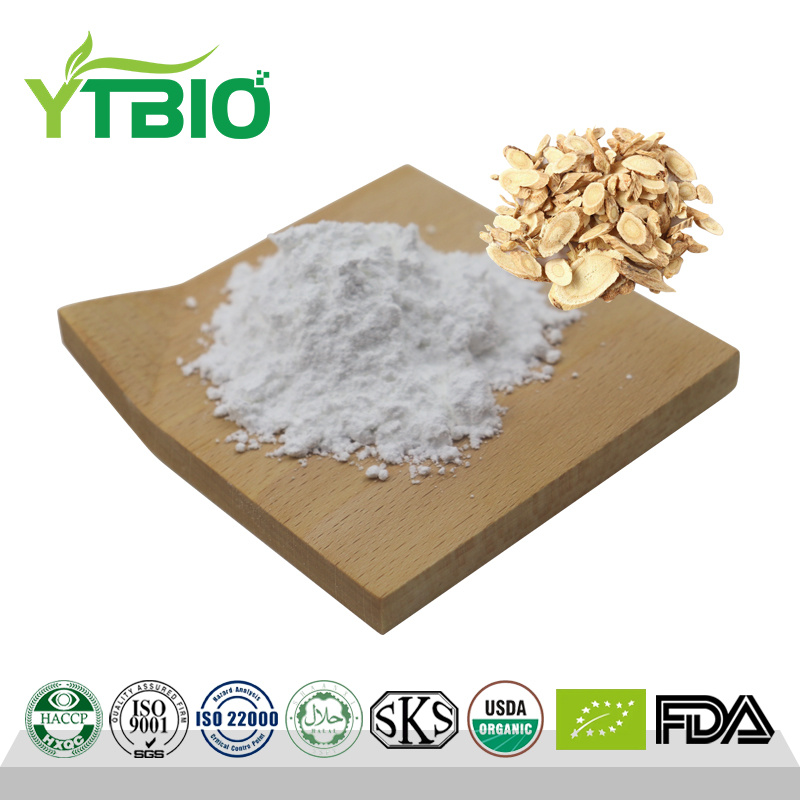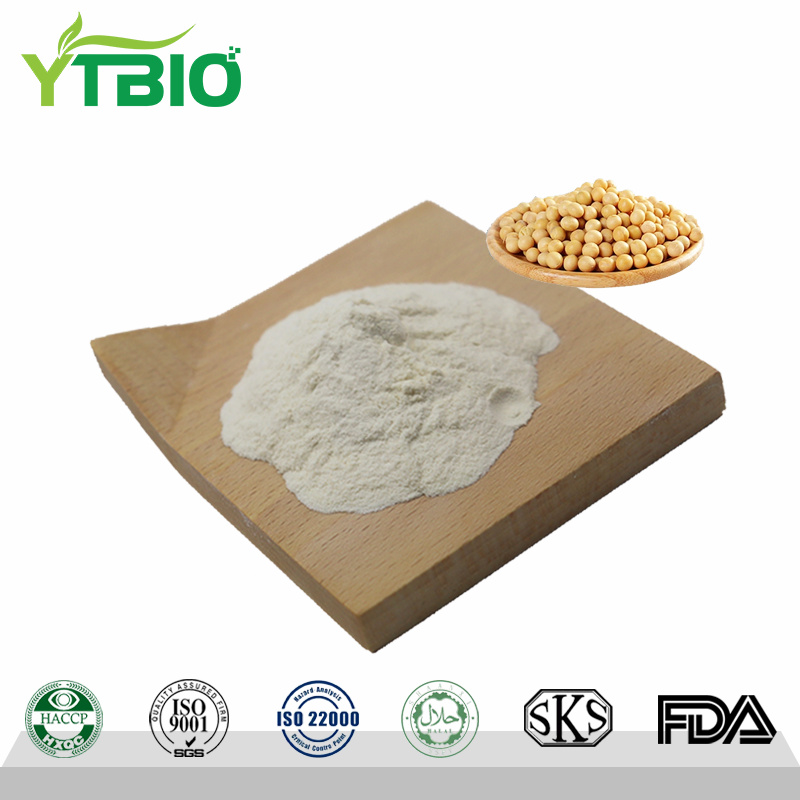Purity Soybean Extract Soy Isoflavone Powder
Characteristics and Sources of Soy Isoflavones
Basic Characteristics
Soy isoflavones are a class of bioactive flavonoid compounds produced as secondary metabolites during soybean growth. Their core features include:
Phytoestrogen Activity:
With a structure similar to human estrogen, soy isoflavones can bind to estrogen receptors and exert selective regulatory effects.
Chemical Structure:
Based on a 3-benzopyranone core structure, their natural forms include:
● Free aglycones (e.g., daidzein, genistein)
● Bound glycosides (e.g., glucoside-bound forms)
Natural Distribution
They are mainly concentrated in specific parts of the soybean:
● High-content areas: seed coat, hypocotyl, cotyledons
● Content range: typically 0.1% to 0.3% of the dry weight of soybeans
Key Health Benefits of Soy Isoflavones
Women's Health Regulation
● Estrogen Balance: Exhibits bidirectional regulatory effects
When estrogen is deficient: Supplements estrogenic activity, alleviating symptoms such as hot flashes and insomnia during menopause
When estrogen is excessive: Acts as a competitive antagonist, reducing overstimulation risks to the breast and endometrial tissues
● Menstrual Cycle Management: Regulates the hypothalamic-pituitary-ovarian axis, helping to improve functional menstrual disorders
● Bone Protection: Inhibits osteoclast activity, reducing postmenopausal bone density loss by 30–50%
Anti-Aging Mechanism for Skin
● Stimulates dermal collagen synthesis (+25% to +40%)
● Increases skin hydration and elastic fiber density
● Specifically improves issues such as skin sagging and wrinkles in middle-aged women
● Potential in Chronic Disease Prevention
Cardiovascular Protection:
● Reduces LDL oxidation susceptibility (by 20%–30%)
● Improves endothelial function (flow-mediated dilation +15%)
Metabolic Syndrome Intervention:
● Modulates lipoprotein metabolism
● Enhances insulin sensitivity
Mechanisms by Which Processing Affects Isoflavones in Soy Products
Water Treatment
● Loss Rate: Soaking results in approximately 10% of isoflavones dissolving and being lost in the soaking water
● Form Transformation: Endogenous β-glucosidase in soybeans is activated during soaking, hydrolyzing bound glycoside isoflavones into aglycones, thus increasing the aglycone content
Heat Treatment
● Loss Pathway: Boiling at high temperatures accelerates isoflavone leaching into cooking water, leading to significant losses
● Structural Changes: Heat activates β-glucosidase, promoting the transformation from glycoside-bound to aglycone forms, thereby increasing the proportion of aglycones
Coagulation Process (Tofu Production)
● Main Loss: About 44% of isoflavones are lost with the whey, mainly affecting water-soluble components
Fermentation Process
● Content Stability: Total isoflavone content remains largely unchanged
● Form Alteration: Fungi secrete β-glucosidase during fermentation, hydrolyzing nearly all glycosides, resulting in over 90% of isoflavones in aglycone form
Protein Extraction Methods
● Hot Water Washing: Yields concentrated soy protein with isoflavone retention levels close to those in the raw soybeans
● Alcohol Washing: Treatment with 60%–65% ethanol causes up to 90% loss of isoflavones, retaining only one-tenth of the original amount
Application
Health food: Soy isoflavones are used as ingredients in health food to improve immunity, anti-aging, and improve menopausal symptoms. They can also be used to improve bone density and prevent cardiovascular diseases.
Beverages and dairy products: Soy isoflavones can be used to make sugar-free or low-sugar beverages and dairy products, such as soy milk, tofu, yogurt, etc.

